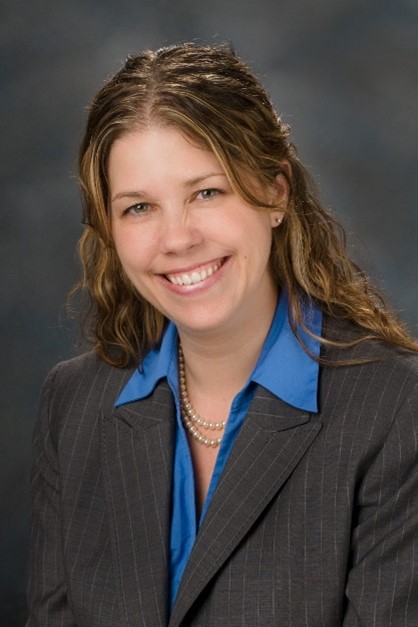"Our autologous bacteriotherapy is a highly personalized therapy that would allow for an alternative treatment for patients with atopic dermatitis, allowing them to have options beyond antibiotics, immunosuppression and immunomodulation," Dr. Tissa Hata of the University of California, San Diego, told Reuters Health by email.
In a paper in JAMA Dermatology, Dr. Hata and her colleagues say a strong association between atopic dermatitis (AD) and Staphylococcus aureus (SA) colonization has long been known. Compared with people without AD, they note, "patients with AD lack coagulase negative Staphylococcus (CoNS) that has the capacity to produce antimicrobials (AM) that inhibit SA (CoNS-AM+)."
In an earlier study the team found that a single application of autologous CoNS-AM+ reduced skin colonization by SA in AD skin. However, this was not enough to show clinical improvement.
To investigate further the researchers studied 15 patients with AD who were found to be culture-positive for SA and who were randomized to receive active treatment or vehicle cream alone.
Autologous CoNS-AM+ was isolated from skin swabs from nonlesional skin of each patient who was assigned to receive active treatment, expanded by culture, and then reapplied topically to the forearms.
Individual culture isolates "were screened for the capacity to kill SA that was also isolated from the same participant," the researchers explain, and patients were treated for one week.
At the end of treatment, SA colonization on lesional skin on patients given autologous CoNS-AM+ was reduced by 99.2% compared with controls. The reduction persisted for four days.
Four days after the end of treatment, local Eczema Area and Severity Index (EASI) scores had improved significantly in the treatment group compared with the controls.
There were no serious adverse events although mild rash and stinging were seen in two patients in each group.
"Larger and longer duration clinical trials are needed to better assess the therapeutic potential of bacteriotherapy in all phenotypes of AD, including SA-culture negative and pediatric patients," the researchers stress.
In an accompanying editorial, Dr. Tamia A. Harris-Tryon of The University of Texas Southwestern Medical Center, in Dallas, and Dr. Shai Bel of Bar-Ilan University, in Safed, Israel, observe, "Microbial skin therapy is in its infancy, but targeted precision medicine studies, such as this one, focused on mechanistic analysis of bacterial interactions, is paving the way forward. Continued work in this area could result in the discovery of a transformative microbial therapeutic for AD, capable of inhibiting S aureus, reducing skin inflammation, and amenable to mass production."
Dr. William W. Huang, an associate professor of dermatology at Wake Forest School of Medicine, in Winston-Salem, North Carolina, noted the association between AD and the negative effects of SA colonization has been well established.
"Patients with AD often have overgrowth of SA due to defects in the skin barrier as well as a diminished local innate immune system," explained Dr. Huang, who was not involved in the study.
"This very small but novel study," he told Reuters Health by email, "looked at the feasibility of bacteriotherapy with an autologous strain of skin commensal bacteria as a topical treatment for AD. Essentially fighting pathogenic bacteria with normal-flora bacteria. The results are a promising alternative to conventional AD treatment."
The study did not have commercial funding, but the authors report related patents.
SOURCE: https://bit.ly/3x3STuZ and https://bit.ly/35LCIpX JAMA Dermatology, online June 16, 2021.
By David Douglas
Posted on
Previous Article
« Detecting colorectal cancer before age 40 yields small survival benefit Next Article
No need to raise salvage radiation dose after prostatectomy »
« Detecting colorectal cancer before age 40 yields small survival benefit Next Article
No need to raise salvage radiation dose after prostatectomy »
Related Articles

February 16, 2022
RF ablation may be option for some microscopic papillary thyroid cancers
February 15, 2021
Seizure cycles in focal epilepsy ‘surprisingly robust’
© 2024 Medicom Medical Publishers. All rights reserved. Terms and Conditions | Privacy Policy

